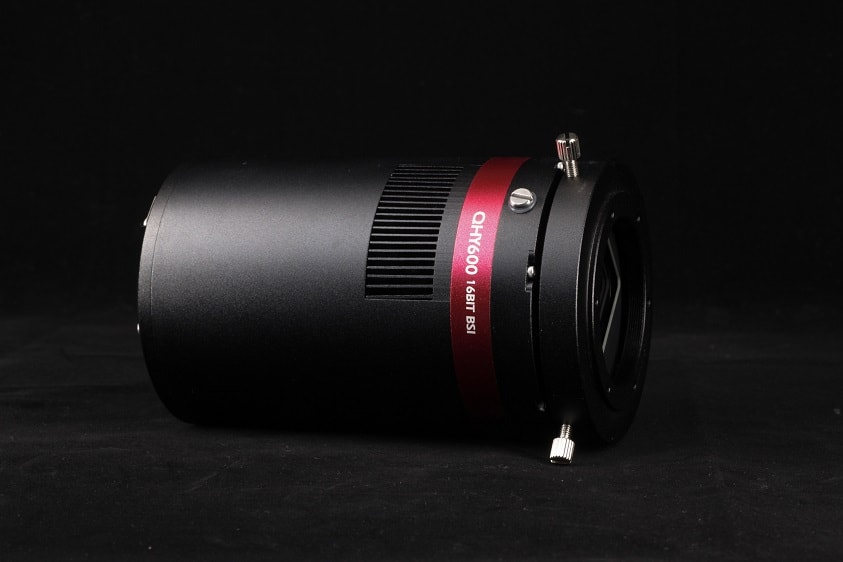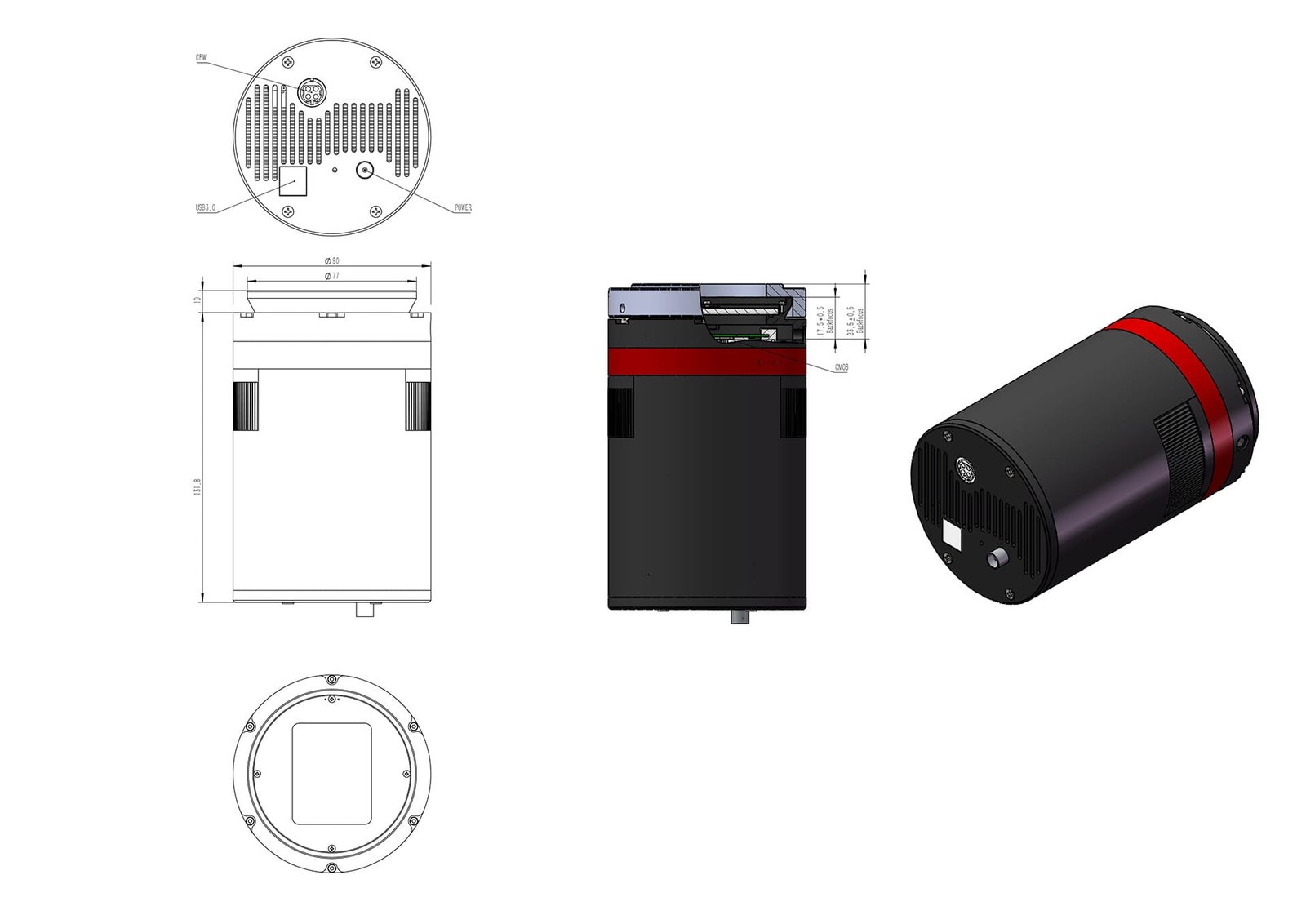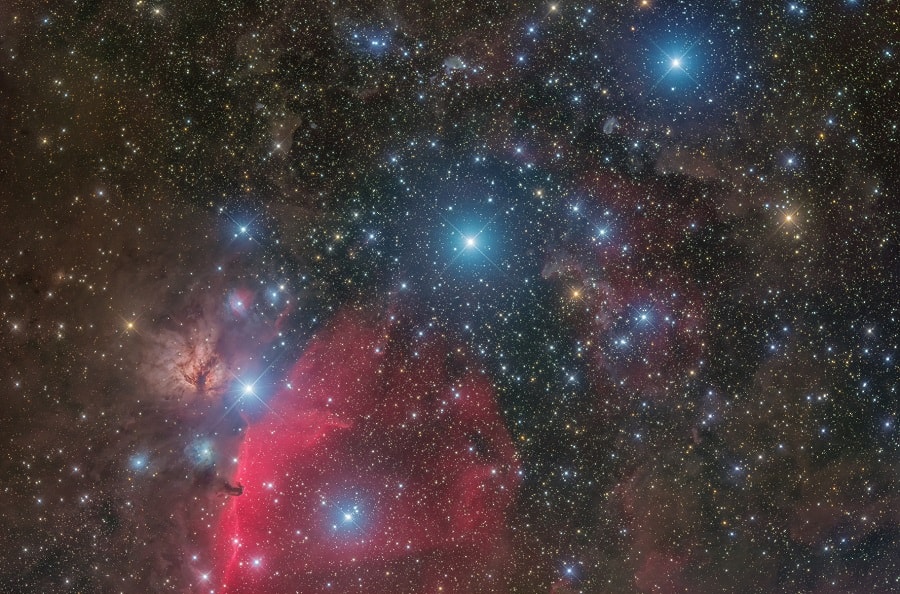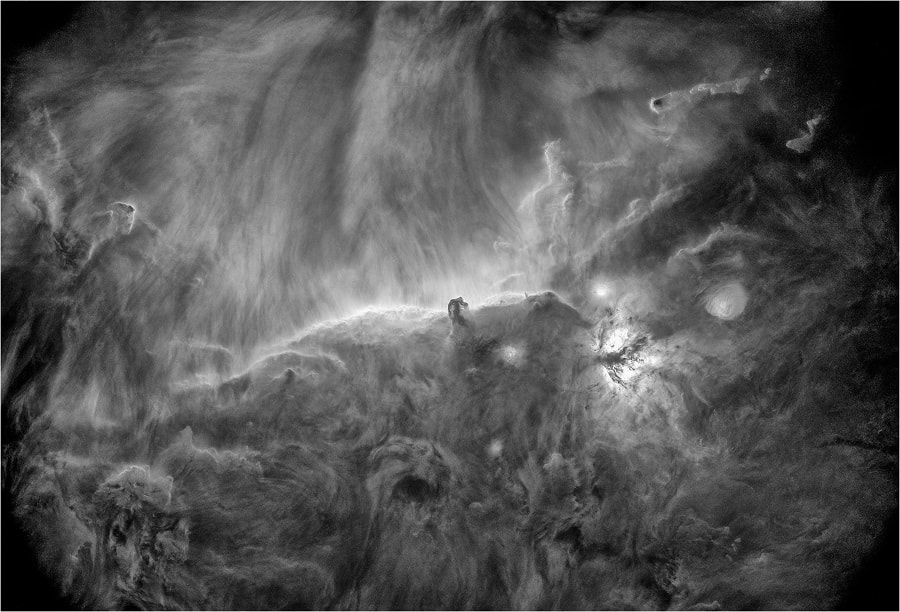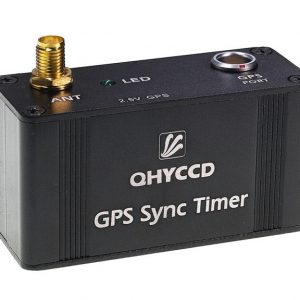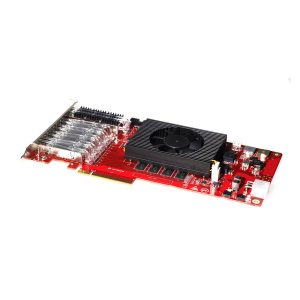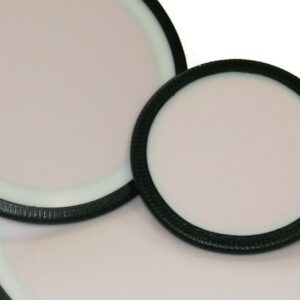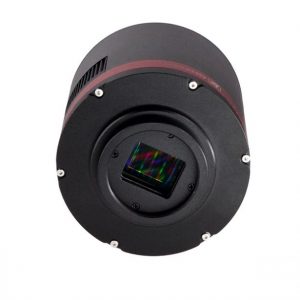QHY 600 PH & Lite – Cooled CMOS Camera
4.950,00€ – 5.625,00€
Ultra-High Resolution – 60 Megapixels, Full Frame 35mm Format. Now also Lite version.
Estimated shipping time: 25 days
QHY 600M PH – Photographic version, and PH LITE. Cooled CMOS Camera.
- QHY600PH-M – Mono Photographic version (BFL = 17mm)
- QHY600PH-C – Color Photographic version (BFL = 17mm)
- QHY600PH-M SBFL – Mono Photographic version with short BFL (BFL = 12mm)
- QHY600PH-C SBFL – Color Photographic version with short BFL (BFL = 12mm)
- QHY600PH-M L – “Lite” Mono Photographic version (BFL = 17mm)
Don’t forget to include the QHYCFW3 filter wheel, and the OAG off-axis guide in your basket!
For the QHY600 PRO versions, contact us at info@lunatico.es.
| Lite version!
The new QHY600PH-L (Lite) is a new version of the QHY600 series of cameras. It is very much like the PHOTO version of the 600 camera with a few exceptions that help to make it the most competitive IMX455 sensor-based camera on the market. Like others in this price range, it uses the standard (consumer) grade, full-frame 35mm format IMX455 sensor, two-stage cooling, and fast USB3.0 interface. Unlike the competition, it has a large 1GB DDR3 image buffer, QHYCCD proprietary, noise reduction technology, a humidity/pressure sensor in the sensor chamber, and multiple read noise modes that are user selectable for lowest possible read noise or highest possible full well capacity. Also, the body has been reduced in length and is shorter than either the PHOTO or PRO versions of the 600 series. Check the comparison table below to know the differences between the two versions. |
The QHY600 uses the latest SONY IMX455 back-illuminated sensor, a full frame (35mm format) sensor with 3.76um pixels and native 16-bit A/D. This sensor is available in both monochrome and color versions. The sensor size is 36mm x 24mm. With the round body design, the QHY600 is an ideal camera to match the image circle of the new generaltion of RASA telescopes.
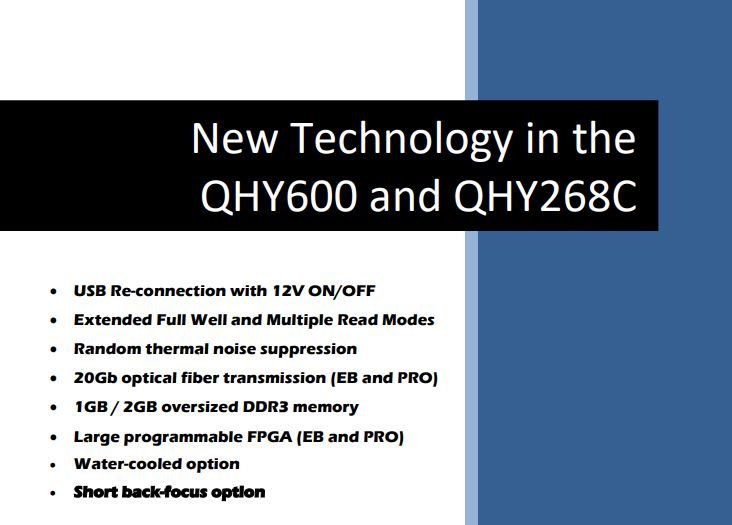 With the advantage of low readout noise and high-speed readout, CMOS technology has revolutionized astronomical imaging. A monochrome, back-illuminated, high-sensitivity, astronomical imaging camera is the ideal choice for astro-imagers. However, for years we have only seen the 4/3-inch, front-illuminated, monochrome cameras (QHY163M) with QE of about 60%, and one-inch, back-illuminated, monochrome cameras (QHY183M) with higher QE. Although these sensors are quite good and very suitable for beginners, they are still smaller than the full-frame (35mm format) sensors desired for more serious deep-sky astrophotography. Also, both of these sensors have 12-bit A/D. To achieve 1e- of reading noise you must increase the gain and lose some dynamic range in the process, or you use low gain and lose some precision in sampling and greyscale levels.
With the advantage of low readout noise and high-speed readout, CMOS technology has revolutionized astronomical imaging. A monochrome, back-illuminated, high-sensitivity, astronomical imaging camera is the ideal choice for astro-imagers. However, for years we have only seen the 4/3-inch, front-illuminated, monochrome cameras (QHY163M) with QE of about 60%, and one-inch, back-illuminated, monochrome cameras (QHY183M) with higher QE. Although these sensors are quite good and very suitable for beginners, they are still smaller than the full-frame (35mm format) sensors desired for more serious deep-sky astrophotography. Also, both of these sensors have 12-bit A/D. To achieve 1e- of reading noise you must increase the gain and lose some dynamic range in the process, or you use low gain and lose some precision in sampling and greyscale levels.| Highlights: | QHY600L | QHY600 PH |
| IMX455 Sensor Grade | -C (Consumer) | -K (Industrial) |
| Pixel Size | 3.76um x 3.76um | |
| Sensor Type | Back-Illuminated (BSI) | |
| Sensor Surface Glass | AR+AR Multi-Coated | |
| Effective Pixels | 61.17 Megapixels – (9576*6388 effective area. 9600*6422 with overscan and optically black area) | |
| Effective Image Area | 36mm x 24mm | |
| Full Well Capacity (1×1, 2×2, 3×3) |
Standard Mode : >51ke- / >204ke- / >408ke- Super Full Well Mode: >80ke- / >320ke- / >720ke- |
|
| A/D |
*QHY600 uses the software digital binning for 2*2binning. With digital sum, 2*2binning will be four 16-bit summed then it is 18-bit. |
|
| Sensor Size | Full-Frame Format | |
| Frame Rate | USB3.0 Port Image Transfer Speed
|
|
| Read Noise | 1.0e- to 3.7e- (Standard Mode) | |
| Dark Current | 0.0022e-/p/s @ -20C 0.0046e-/p/s @ -10C | |
| Zero Amplifer Glow | Yes | |
| Exposure Time Range | 40us – 3600sec | |
| Shutter Type | Electric Rolling Shutter | |
| Built-in Image Buffer | 1GBytes(8Gbit) | 2 GBytes(16Gbit) |
| Cooling System | Dual Stage TEC cooler:
|
|
| Anti-Dew Heater | Yes | |
| Telescope Interface | M54/0.75 | |
| Optic Window Type | AR+AR High-Quality Multi-Layer Anti-Reflection Coating | |
| Power | 40W/100% – 20W/50% – 13.8W/0% | |
| Back Focal Length | 17.5mm (±0.2) | |
| Length (w/dovetail ring) mm | 112 | 112 |
| Weight (net)
* M54/0.75mm center/tilt adjust adapter not included |
790g* | 850g* |
| Diameter mm | 90 | 90 |
| DDR3 Image Buffer | 1GB | 2GB |
| QHY filter wheel socket | Yes | |
| USB 3.0 | Yes | |
| Humidity/Pressure sensor | Yes | |
| Short back focus option | No | Yes |
| Water cooling option | No | Yes |
| ACC Socket | No | |
| Upgrade to full PRO option | No | |
| Combo FW+OAG con precio especial | Yes | No |
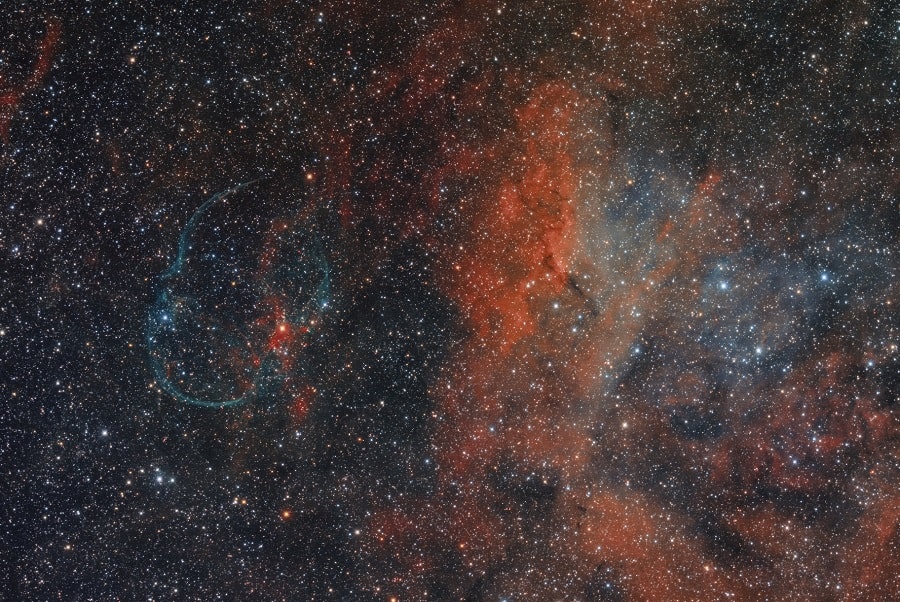
SNR G206.9+2.3 in Monoceros The Orion’s belt The Horsehead |
Comparing the IMX455 and KAI11002 35mm Format Monochrome Sensors – See the comparison at https://www.qhyccd.com/index.php?m=content&c=index&a=show&catid=23&id=262
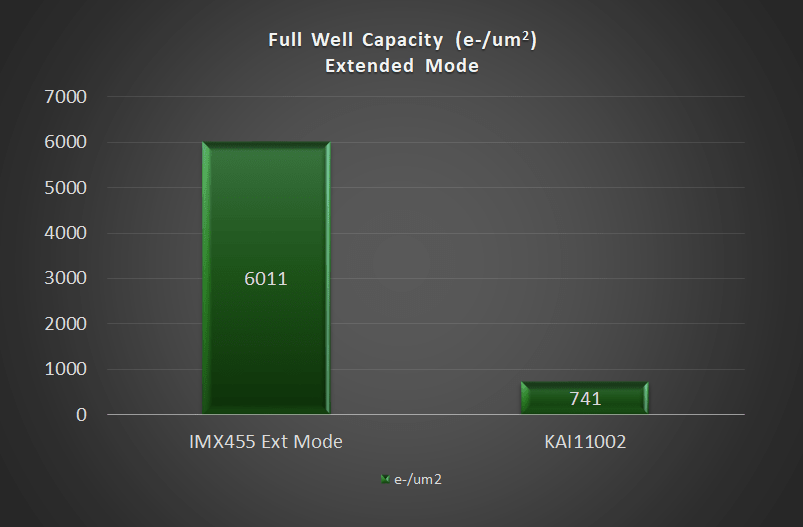
Documentation:
- Downloads
- New Technology in the QHY600 and QHY268C
- QHY600 review from Galactic Hunter – Our Dream Camera for Astrophotography!
- QHY600 Linearity Test
- FAQs
-
-
-
- 1.
Does QHY600 support hardware binning?
-
-
-
- The CMOS sensor itself has some binning function but it should not be the hardware binning (FD binning). And also the binning in the sensor is based on the location of the Bayer color. it means it will binning with the same position of the same color. And for the monochrome QHY600 sensor, it still uses such a position to do binning. So we think it is not a good solution for the monochrome binning.
-
- And since the very low readout noise of the QHY600, so the digital binning may bring more advantages. First, it can increase the full well. Binning at 2*2 will gives four times the full well. Second, it will increase the AD sample depth. Binning at 2*2 will give an 18bit data range. For readout noise, the N*N digital binning will cause the readout noise to become SQR(N*N)= N times. For example, if the readout noise is 1.9e at 1*1 binning. The 2*2 digital binning readout noise will become 1.9*SQR(2*2)=3.8e.
-
-
-
- 2.
What’s the absolutely QE of QHY600?
-
-
-
-
- SONY does not release the official absolutely QE curve of the sensor. There is only a relativity QE graph. (Can be found on QHY600 specification page). But we did some experiment of testing the absolutely QE of QHY600 by comparing it with a known QE sensor. The article can be found at
https://www.qhyccd.com/index.php?=content&c=index&a=show&catid=23&id=261
-
-
- The current test results show a very high QE, it looks too high. We will find more sensors to do this work again.
-
-
-
- 3.
How to set the gain, offset and read mode at the first using
-
-
-
-
- For first using, we recommend this value: readout mode = #0 gain=26 offset=10. Here is an article for gain/offset setting at
https://www.qhyccd.com/index.php?m=content&c=index&a=show&catid=23&id=22
-
-
-
-
- 4.
Meet “Out of Memory”
-
-
-
-
- Please make sure the QHYCCD SDK had been updated to the last version. 2019.10.8 (V6.0.3) or later. The previous two versions has a memory leak bug and it will cause more memory loss. And if it is still out of memory, it may be the memory not enough in 32bit memory space. Since the 61mega pixels, the QHY600 requires big memory. The SDK will use about more than twice of the size of the image data (in the mono version it is 120MB per frame. so SDK need about 300MB, for the color version it is 360MB per frame, so the SDK need about 800MB) And the image acquires software need one or more. For the x86 system, the total memory space is 4GB, many other X86 software will take this space so it may be not enough memory there. We recommend using the x64 software, like the X64 SharpCAP, X64 N.I.N.A software. If you are using the X86 software. it is best to close other software to reduce the 4GB space
usage.
-
| Versión cámara | QHY600-PH Color, QHY600-PH Color SBFL, QHY600-PH Mono, QHY600-PH Mono SBFL, QHY600PH-M L (Lite) |
|---|


